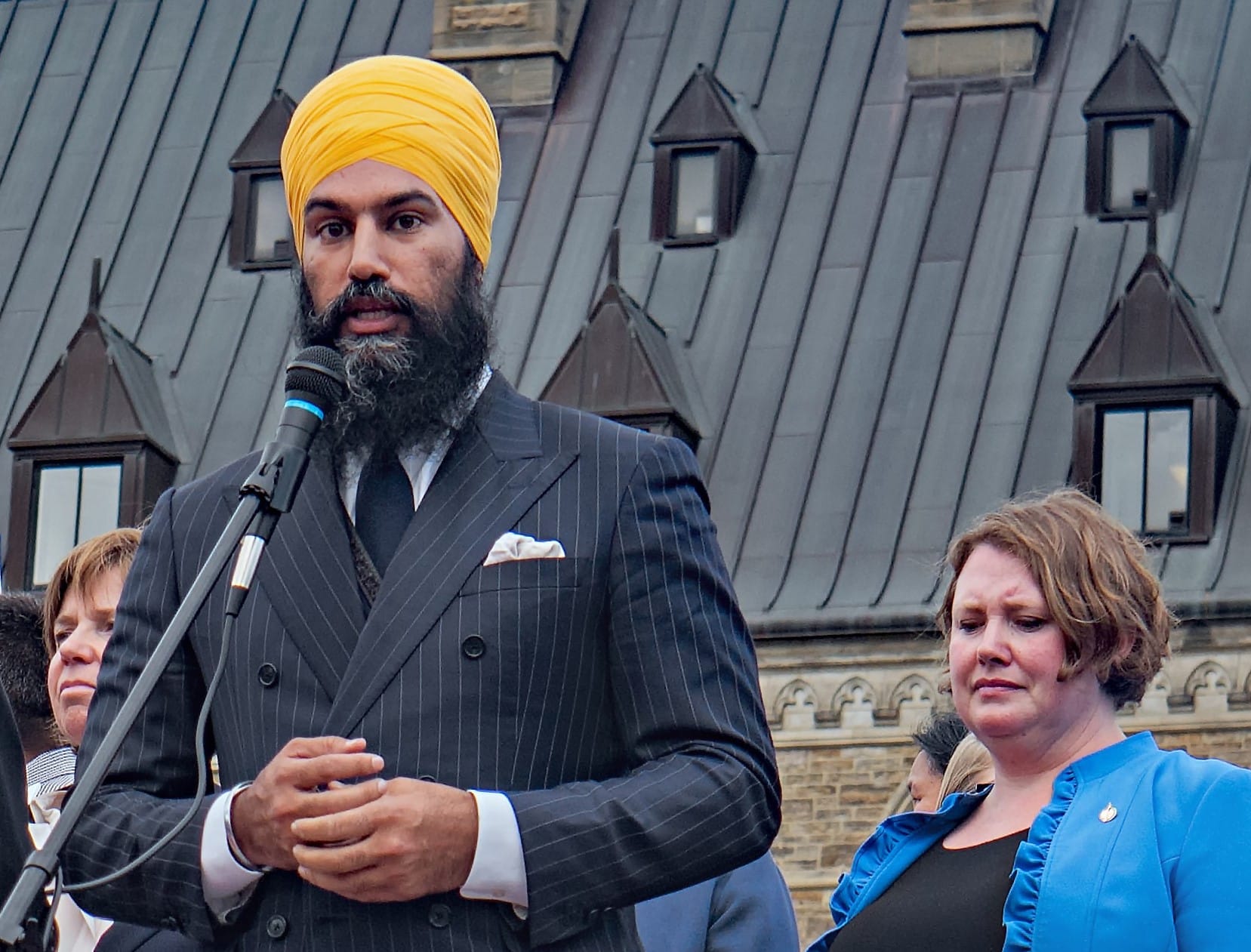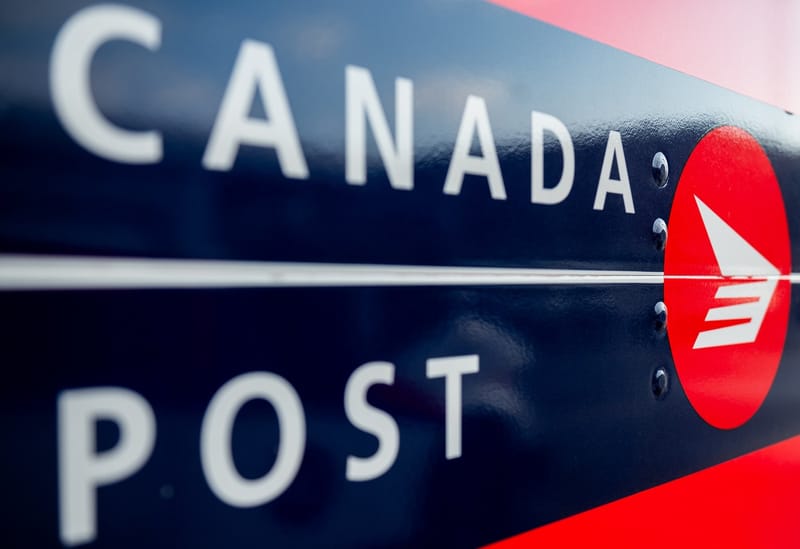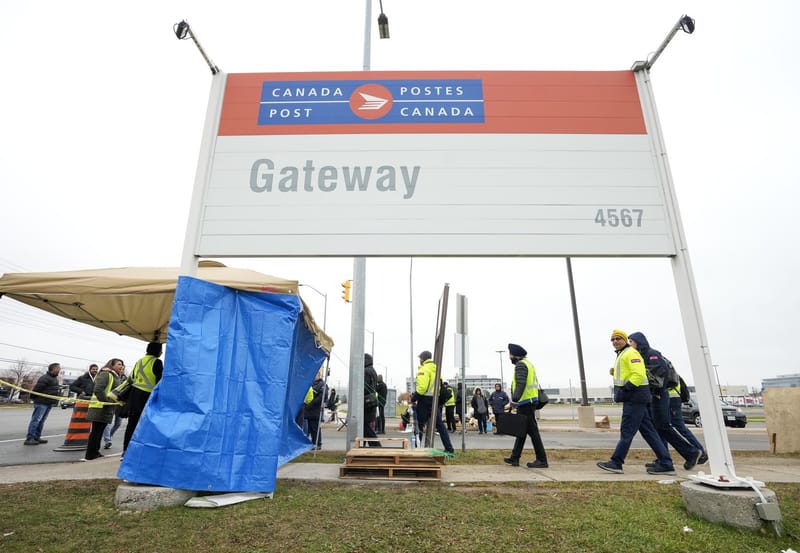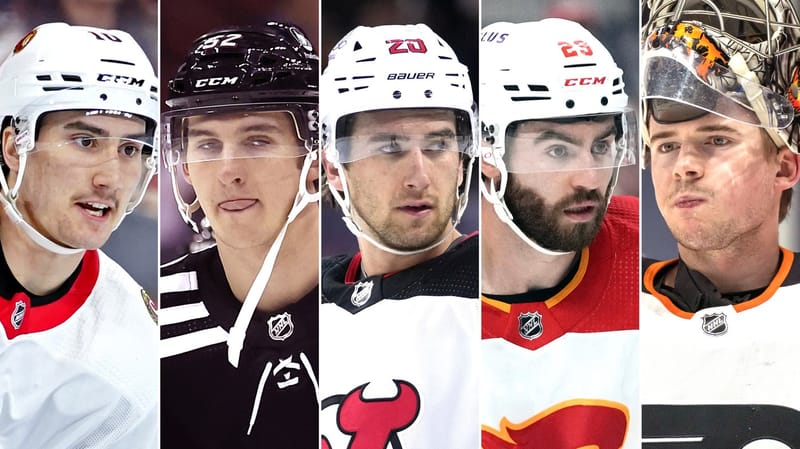The "online left" is catching up with Jagmeet Singh and his party after he abandoned it
This began with his feature in GQ magazine in 2017 and continued with his notable handling of an Islamophobic heckler at a campaign event, both of which went viral and enhanced his public image.

Jagmeet Singh initially stood out as a fresh and distinctive party leader, largely due to his engaging online persona.
This began with his feature in GQ magazine in 2017 and continued with his notable handling of an Islamophobic heckler at a campaign event, both of which went viral and enhanced his public image.
Singh was also an early adopter of TikTok, using the app in the lead-up to the 2019 election to discuss his party’s positions.
This strategy helped him establish himself as “Gen-Z’s candidate,” and his popularity surged. His peak influence was between the 2019 and 2021 elections.
During the pandemic, Singh played Among Us on stream with popular Twitch streamers and U.S. Representative Alexandria Ocasio-Cortez.
This moment showcased the potential for a significant political movement under Singh's leadership in Canada, inspired by the successes of grassroots left-wing candidates like Cori Bush and Jamaal Bowman in the 2020 U.S. elections.
Singh’s connection with the same online communities that supported progressive causes in the U.S., along with his growing internet popularity, suggested that the NDP was poised for a strong performance in the next election.
The prospect of an "orange wave" seemed promising.
However, the election outcome was underwhelming. The NDP only gained one seat, increasing their total from 24 to 25.
Singh and his party faced a disappointing result but maintained the power to influence the Liberal majority in parliament.
The NDP seized this opportunity but now finds itself in a challenging position.
The party is navigating the balance between criticizing the Liberal government and asserting influence over legislation. Singh’s presence in online spaces has notably diminished.
In 2023, he deactivated his TikTok account due to privacy concerns, and his online content shifted from dynamic and relatable to generic campaign videos that feel scripted and uninspired.
This change in approach has led to a decline in effectiveness, with polls now forecasting a potential loss of seats for the NDP in the upcoming election.
One thing is clear: we are closer to a Jagmeet Singh departure than to his arrival. By October, Singh will have led the NDP for seven years—a position he is unlikely to hold for another seven. Has his move away from his online roots damaged the party's future?
Since taking the helm of the Conservative Party, Pierre Poilievre has expertly navigated the fast-evolving digital landscape.
Despite the rapid pace at which internet trends change, Poilievre has managed to stay relevant. His video thumbnails, featuring bold and straightforward statements, mimic the style of top YouTubers.
He is also unafraid to take risks, as seen in his inflation video performed as a diner skit—a creative choice that resonated well with viewers.
Poilievre's ability to leverage unscripted moments, like his viral apple-eating interview, highlights his adeptness at capitalizing on internet trends, something the NDP is often slow to embrace and the Liberals scarcely acknowledge.
While social media isn't the sole driver of election campaigns in Canada, it plays a significant role. The working class is feeling the pinch of high inflation and rising grocery prices, with the Bank of Canada reporting nearly a 22 percent increase in prices from 2021 to 2024.
As Canadians seek change, Poilievre’s Conservatives have effectively used online platforms to position themselves as the alternative.
In contrast, the NDP, which once leveraged its online community, has fallen quiet, leaving many without a viable alternative to the current government except for the Conservatives.
Could a more strategically focused NDP stem the tide of a potential Conservative majority after the 2025 election? Likely not.
There comes a point where a Liberal government’s tenure leads to a Conservative victory, regardless of the leader. Singh’s 2020 persona, lip-syncing Fleetwood Mac while skating, cannot reverse this trend.
However, had the NDP invested more in online engagement, it could have provided disenfranchised Canadians with a credible alternative and laid a stronger foundation for the party's future.
Singh should have deepened his connection with the online left, maintaining consistent messaging and nurturing a community that could evolve into a robust left-wing movement.
As it stands, it’s challenging to envision the NDP’s shape under a Conservative government—a troubling prospect, given that Singh has never been in parliament while Conservatives have been in power, and he has offered no insight into handling such a scenario over the past three years.
The NDP appears directionless, facing the same issue Singh was brought in to address.
Whatever the party’s future holds and whoever its next leader may be, the need for reimagination remains critical.
David Cassels is a Toronto-based writer and researcher who previously worked at the Ontario Association of Former Parliamentarians in Queen’s Park.





